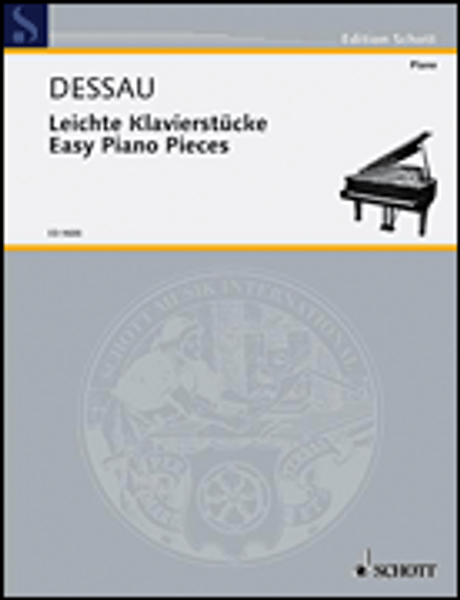Product Overview
Published by Hal Leonard. Increasing numbers of recent studies provide evidence that learning to play an instrument stimulates the intelligence and promotes a general aptitude for learning. Paul Dessau realised this as early as 1948, when he composed the “Five little exercises for the hands and the brain also” in exile in Hollywood. Private piano lessons were one of the composer's few reliable sources of income at that time. But later, too, Dessau devoted himself to teaching music, not least in bringing up his own son Maxim, to whom the “Piano piece with lots of g's” is dedicated. Five little exercises for the hands and the brain also (1948) • Klavierstück (viele g's) (1963) • Für Helli (1971) “These studies focus on contrapuntal two-part textures and canons, which are suitable for students who will be playing Bach. There is abundant fingering with special attention given to substitute fingering on repeated notes. The last piece, 'Für Helli,', has a complex harmonic and rhythmic structure, and the right hand spans a tenth.”--Clavier







